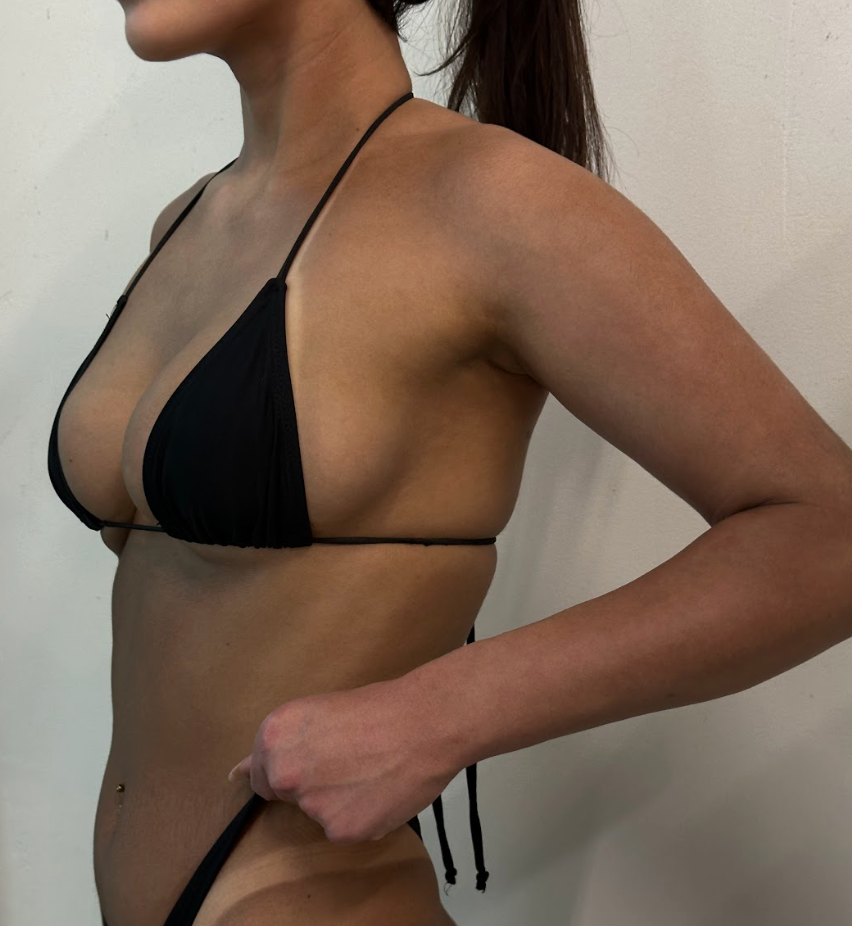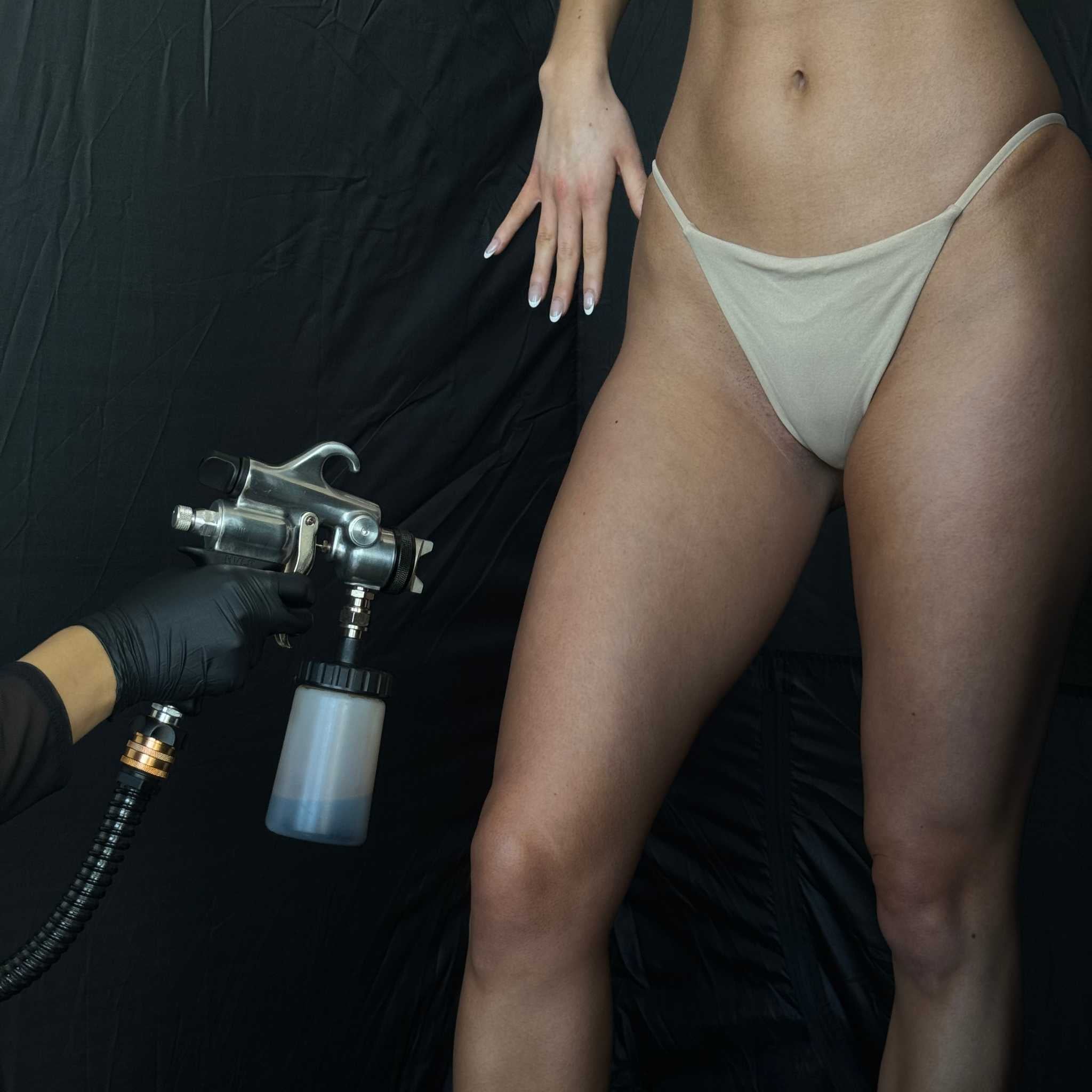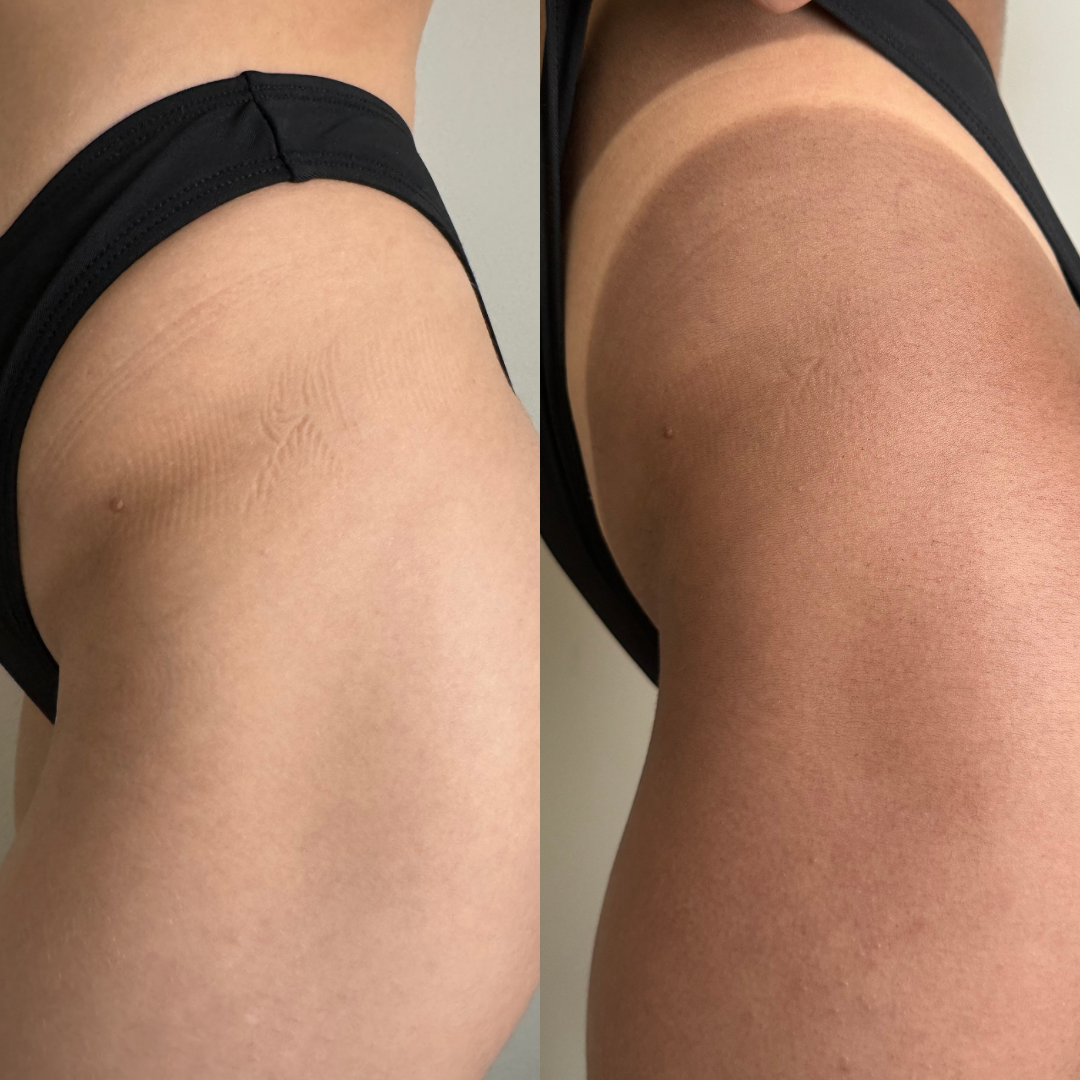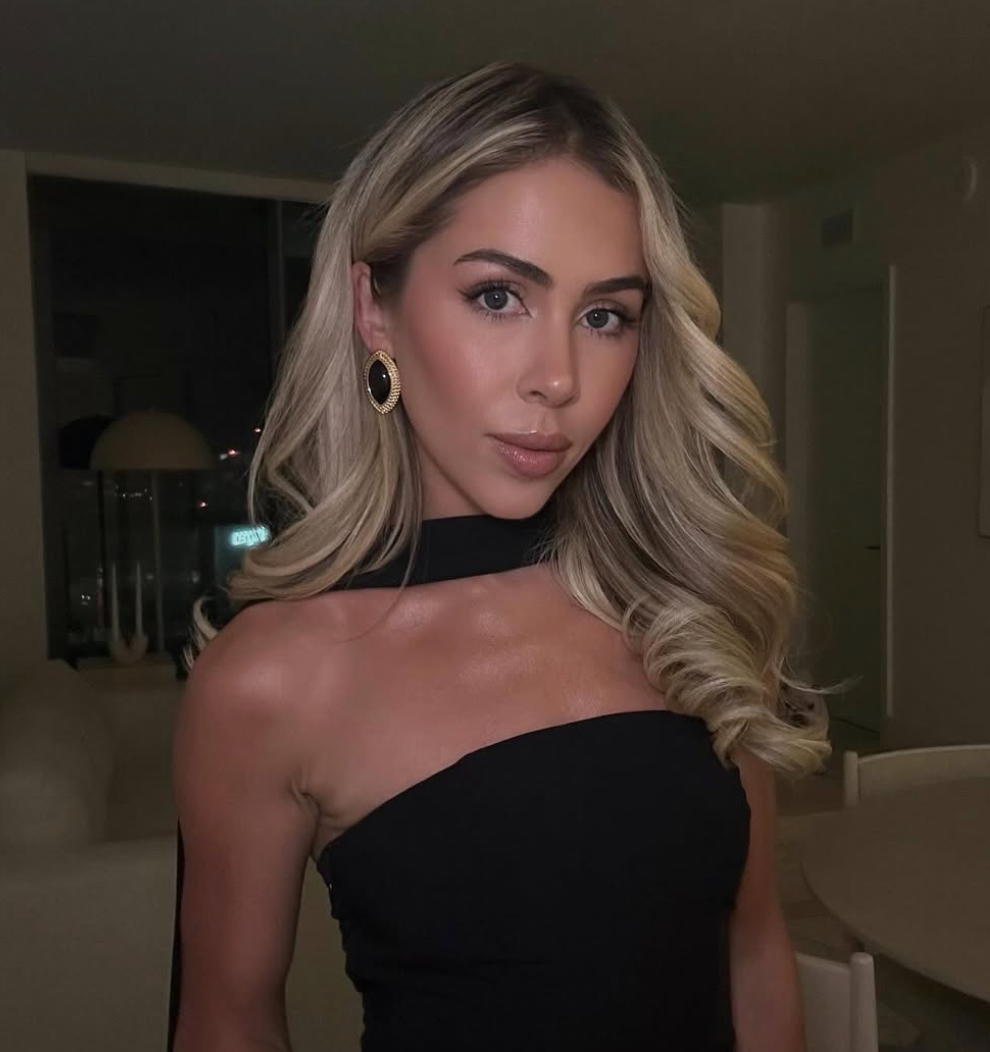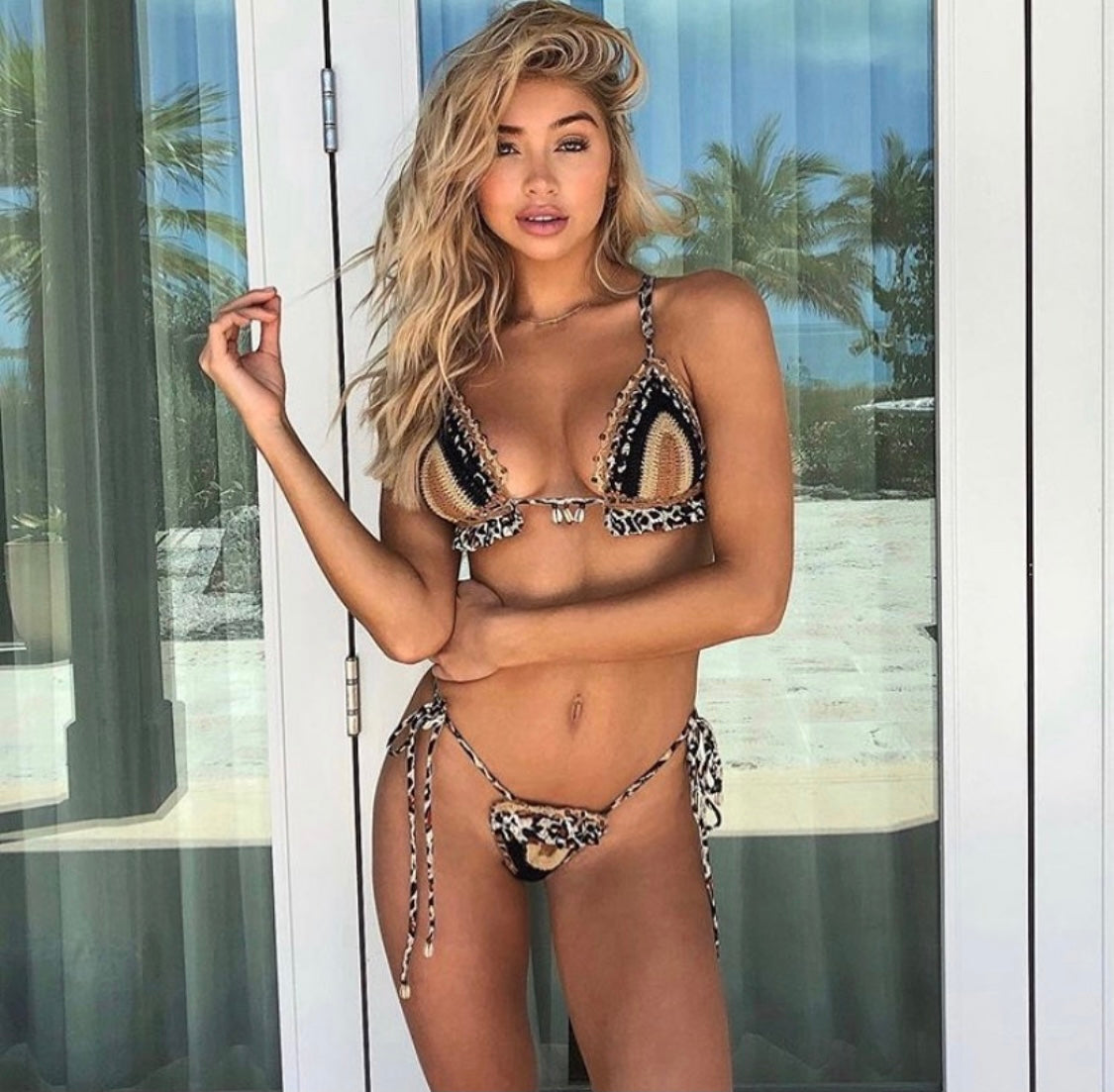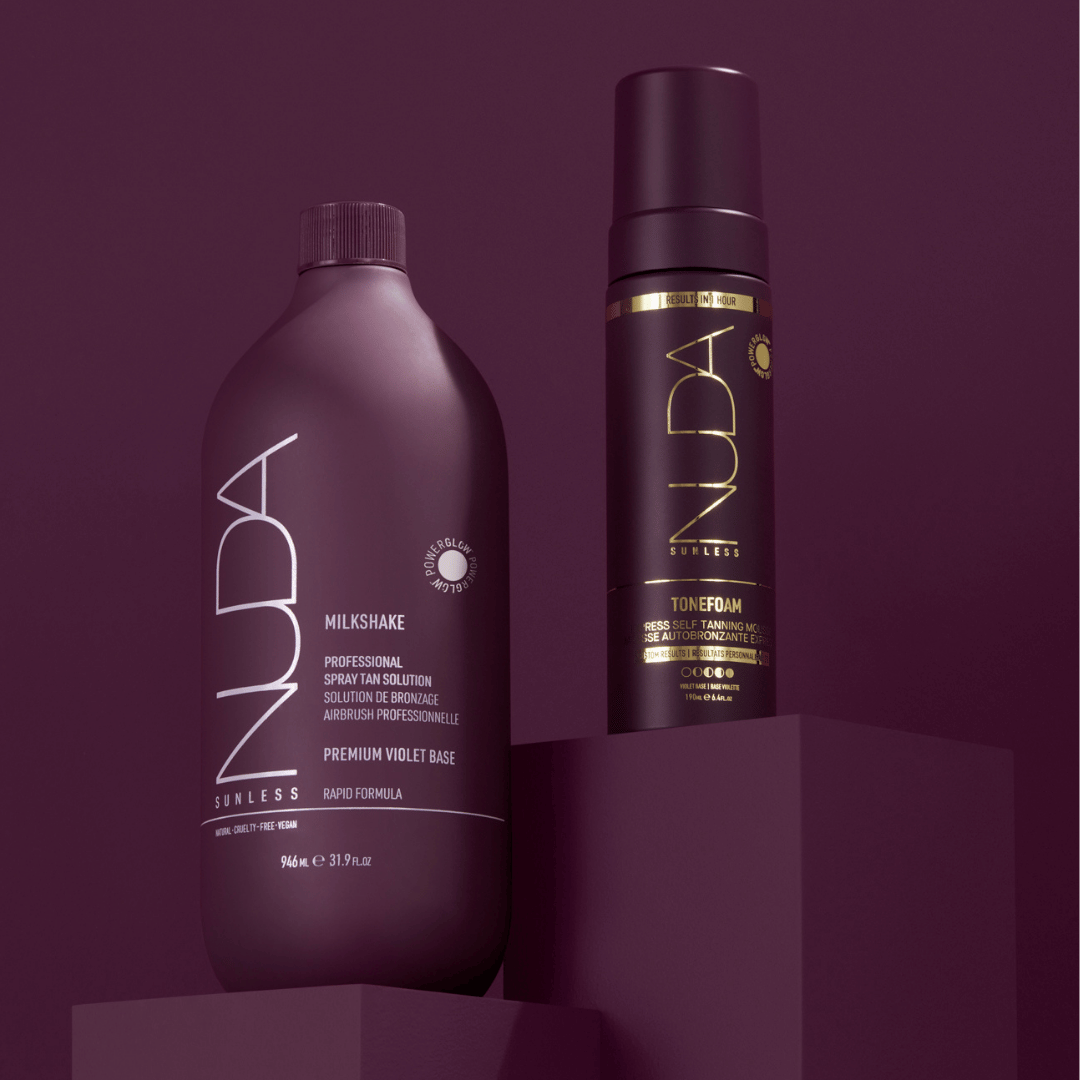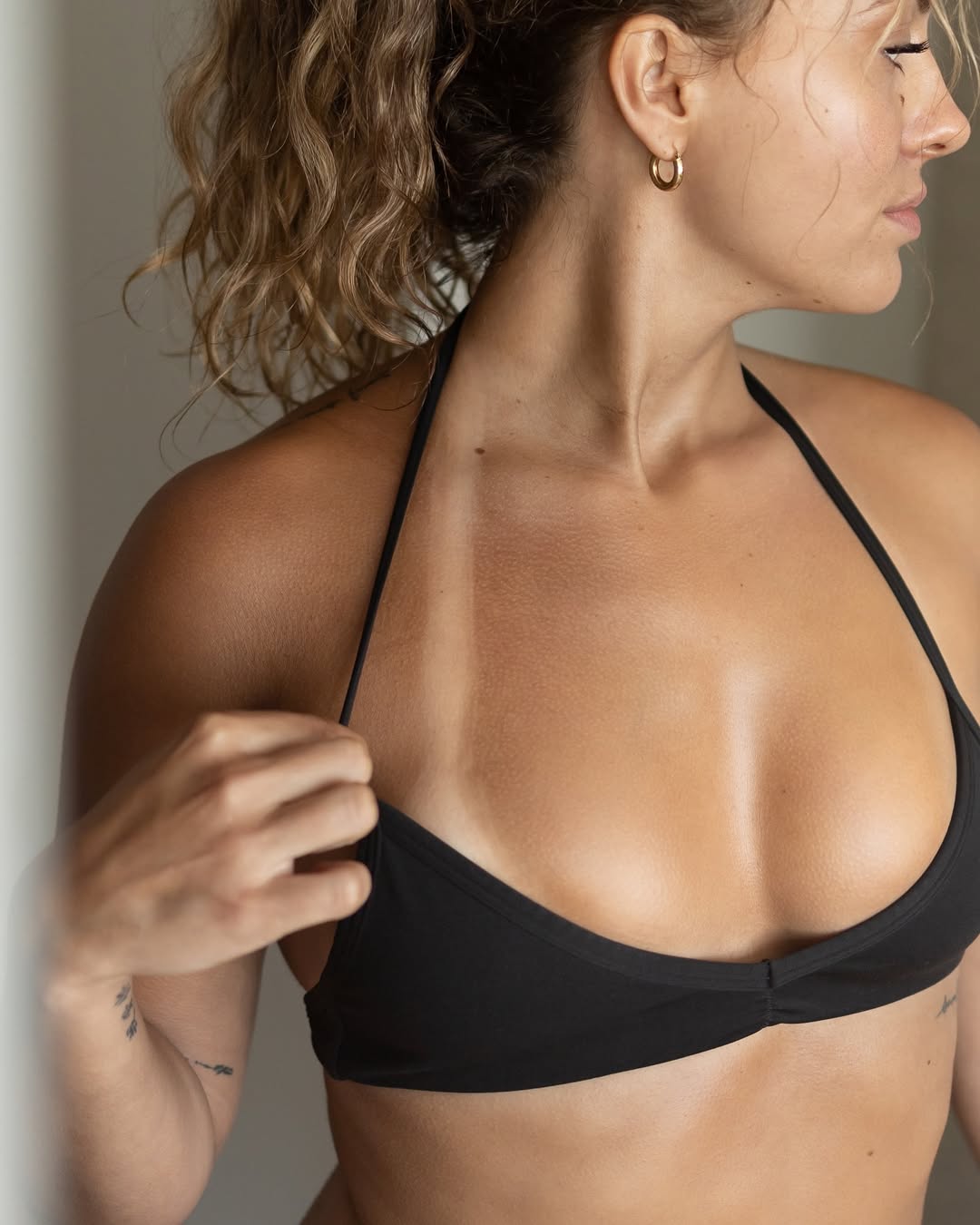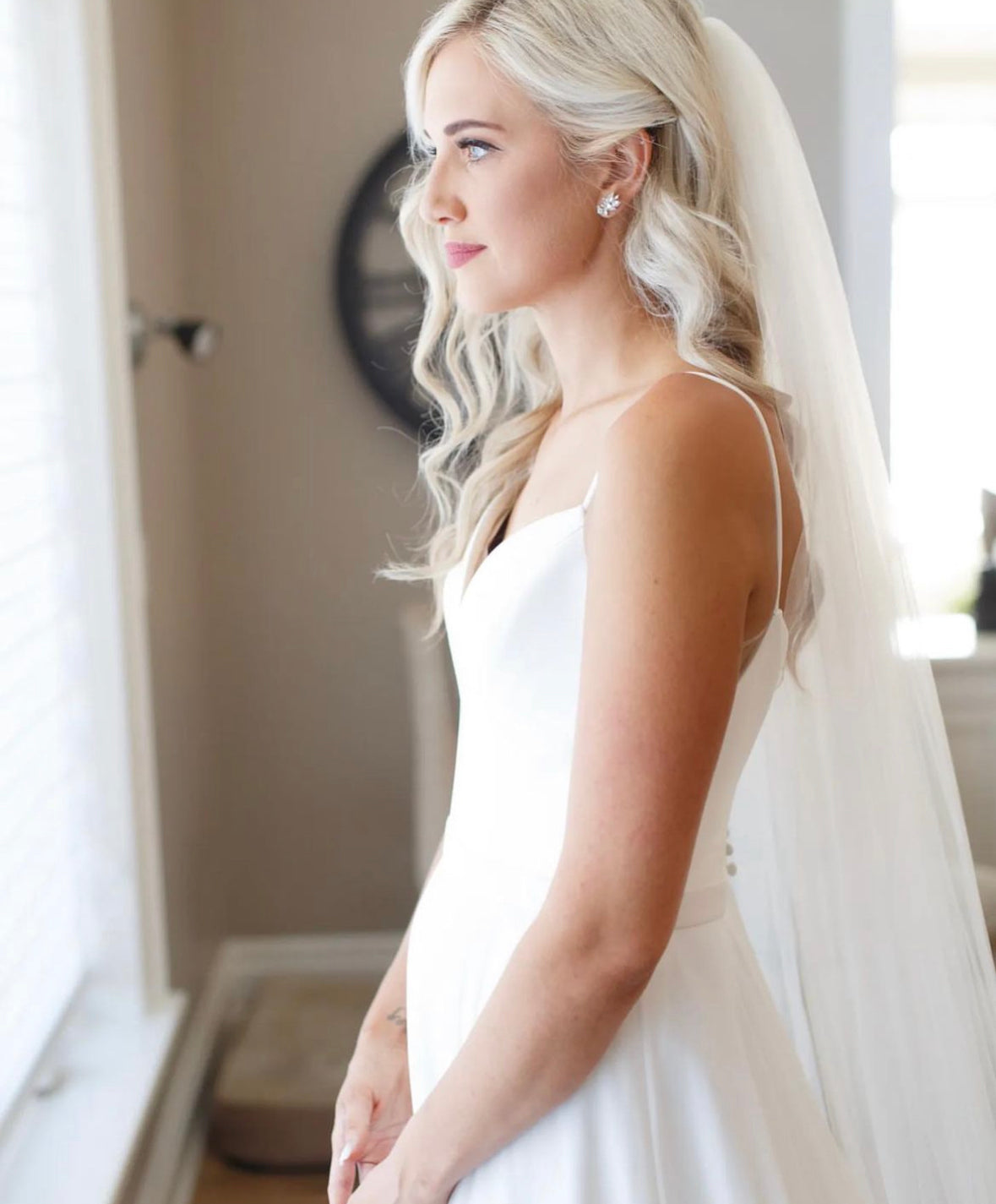As a spray tan artist, one of your most important responsibilities is ensuring your clients walk away with a flawless, natural-looking tan that complements their skin tone. Achieving this starts with understanding your clients’ skin type and selecting the right spray tan solution based on the Fitzpatrick Skin Type Scale.
What Is the Fitzpatrick Skin Type Scale?
The Fitzpatrick Skin Type Scale is a dermatological tool used to classify skin types based on how the skin reacts to sun exposure. Developed by Dr. Thomas Fitzpatrick, this scale ranges from Type 1 (very fair skin that always burns and never tans) to Type 6 (deeply pigmented skin that never burns).
As spray tan artists, we use this scale as a guide to determine the most suitable tanning solution for our clients. By understanding how the skin naturally reacts to UV exposure and its undertone, we can select the right DHA level to deliver a beautifully customized tan.
Understanding DHA Levels
NUDA sunless tanning solutions come in various percentages of DHA (Dihydroxyacetone) — from 6% to 15%. DHA is the active ingredient in spray tan solutions that reacts with the outer layer of skin to create a temporary tan.
-
Lower DHA percentages (6-8%) are ideal for lighter skin tones (Fitzpatrick Types 1-2) to avoid an unnatural or orange appearance.
-
Medium DHA percentages (9-10%) work best for medium skin tones (Fitzpatrick Types 3-4) to create a deeper tan.
-
Higher DHA percentages (11-14%) are perfect for deeper skin tones (Fitzpatrick Types 5-6) or clients looking for a darker, more dramatic result.
The Right Solution for My Clients
When selecting a spray tan solution, it’s important to keep in mind two key factors:
-
The Client’s Skin Tone & Natural Undertone
Using the Fitzpatrick Skin Type Scale, assess your client’s skin tone to determine the appropriate DHA level. Remember, the same solution will look different on various skin tones. For example, NUDA’s Hot Chocolate solution will appear darker on a Type 3 client than on a Type 2, as their natural complexion is already deeper.
Additionally, pay attention to undertones (cool, warm, or neutral). Choosing a solution that complements a client’s undertone ensures the result looks natural and avoids an undesirable orange or ashy finish. -
The Client’s Aesthetic Desires
While skin type and undertones are critical, don’t forget to ask your client about their preferences. Some clients may want a subtle, sun-kissed glow, while others are looking for a deep, bronzed tan. As a professional, your role is to educate them on the best option for their skin and help manage their expectations.
For example, if a client with Type 1 skin requests a very dark tan, explain why a high DHA solution may not suit their skin type and the potential risks of looking unnatural. By educating your clients, you build trust and ensure they are happy with their results.
NUDA’s Skin Chart Recommendations
To make your job easier, we’ve created a skin type chart that outlines the recommended NUDA solutions based on the Fitzpatrick Skin Type Scale. Here are some general guidelines:
By following these recommendations, you can ensure each client receives a spray tan that enhances their natural beauty and meets their expectations.

